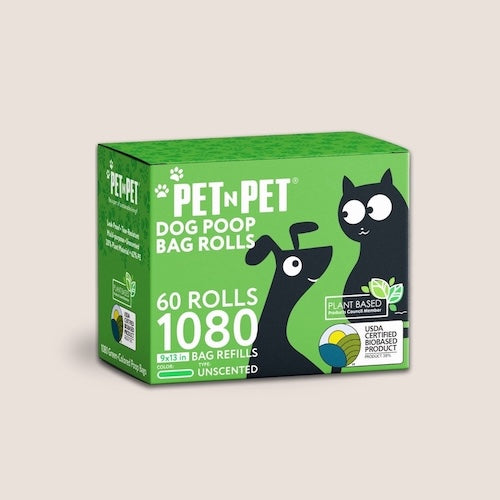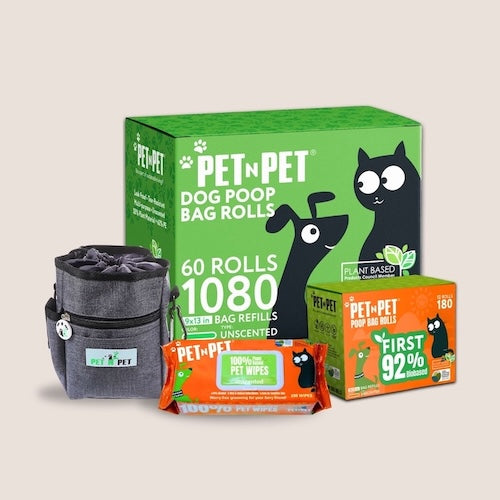
7 Easy Steps to Find Your Dog's Perfect Portion!
As responsible pet owners, one of our primary concerns is ensuring our dogs receive the proper nutrition they need to thrive. One of the many questions that arise in the realm of dog care is: "How much food should I feed my dog?" Providing the right amount of food plays a significant role in your pet’ overall health and well-being.
Determining the correct portion size for your canine companion requires considering several factors, including their age, weight, and activity level. Here's a comprehensive guide to help you navigate the process:
1. Age Matters: Dogs have different nutritional requirements at various stages of their lives. Puppies, for example, require more calories to support their rapid growth and development. Consult your veterinarian for guidance on feeding schedules and portion sizes tailored to your puppy's age and breed size.
2. Weight Management: Maintaining a healthy weight is essential for your dog's overall well-being. Overweight and obese dogs are at increased risk of developing health problems such as diabetes, joint issues, and heart disease. If your dog is overweight, your veterinarian may recommend a weight management plan that includes portion control and dietary adjustments.
3. Consider Your Dog's Weight: The amount of food your dog needs is influenced by their current weight. Larger breeds generally require more food than smaller breeds to meet their energy needs. However, it's crucial to monitor your dog's weight regularly and adjust their portion size accordingly to prevent underfeeding or overfeeding.
4. Activity Level: A dog's activity level directly impacts their calorie requirements. Active dogs, such as working breeds or those engaged in regular exercise or training, may need more calories to fuel their energy expenditure. On the other hand, less active or senior dogs may require fewer calories to maintain a healthy weight. Consider your dog's daily activity level when determining their portion size.
5. Consult Your Veterinarian: Before implementing any changes to your dog's diet, consult your veterinarian. They can provide personalized recommendations based on your dog's specific needs, such as breed, age, weight, activity level, and any underlying health conditions.
6. Monitor Body Condition: Regularly assess your dog's body condition to ensure they are maintaining an optimal weight. Use visual and tactile cues to determine if your dog is underweight, overweight, or at an ideal body condition. Adjust their portion size as needed to achieve and maintain a healthy body condition score.
7. Be Mindful of Treats: Treats are a part of many dogs' diets and can contribute to their daily calorie intake. Be mindful of the number and size of treats you offer, especially when adjusting portion sizes to manage your dog's weight. Consider incorporating healthier treat options or using portion-controlled treats to avoid excessive calorie consumption.
In conclusion, determining the right amount of food to feed your dog requires careful consideration of their age, weight, and activity level. By working closely with your veterinarian and paying attention to your dog's individual needs, you can ensure they receive the proper nutrition to lead a happy and healthy life. After all, a well-fed dog is a happy dog!






